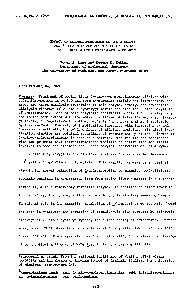PPT-TNM 8 for urological cancers
Author : paisley | Published Date : 2023-05-20
An update John Mitchard Consultant Histopathologist Royal United Hospital Bath 5 th July 2018 UICC vs AJCC Broadly similar with some important differences Errors
Presentation Embed Code
Download Presentation
Download Presentation The PPT/PDF document "TNM 8 for urological cancers" is the property of its rightful owner. Permission is granted to download and print the materials on this website for personal, non-commercial use only, and to display it on your personal computer provided you do not modify the materials and that you retain all copyright notices contained in the materials. By downloading content from our website, you accept the terms of this agreement.
TNM 8 for urological cancers: Transcript
Download Rules Of Document
"TNM 8 for urological cancers"The content belongs to its owner. You may download and print it for personal use, without modification, and keep all copyright notices. By downloading, you agree to these terms.
Related Documents














